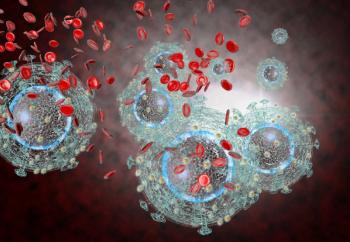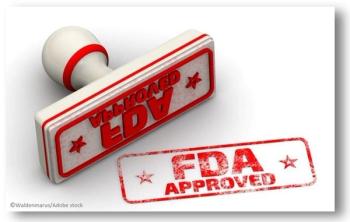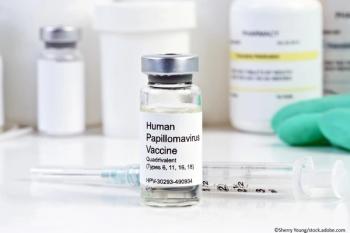
HIV Infection Doubles Risk of Heart Attack
HIV infection increases the risk of acute myocardial infarction in veterans without major cardiovascular disease risk factors. The presence of major CVD risk factors significantly increases this risk.
Veterans infected with HIV without major cardiovascular disease (CVD) risk factors have a 2-fold increased risk of acute myocardial infarction (AMI) compared with uninfected veterans, according to a new study. What’s more, the presence of any major CVD risk factors was associated with a 2- to 7-fold increased risk of AMI, regardless of HIV status.
With the advent of antiretroviral medications, individuals infected with HIV are living long enough to face significant morbidity and mortality from chronic illness, such as CVD. “Traditional CVD risk factors (diabetes, hypertension, dyslipidemia, smoking), HIV-related risk factors (renal disease), and other risk factors (antiretroviral therapy [ART], substance abuse) contribute to increased risk of CVD in HIV-infected patients,” state the researchers, led by senior author Matthew S. Freiberg, MD, MSc, of Vanderbilt University Medical Center’ Cardiovascular Medicine Division in Nashville, TN.
The researchers categorized more than 80,000 patients into 6 mutually exclusive CVD risk profiles. The patients were enrolled from the Veterans Aging Cohort Study Virtual Cohort, a prospective study of HIV+ and matched HIV- veterans. One-third of the cohort was HIV+.
The predictors used to create the mutually exclusive profiles were HIV status and CVD risk factors, including total cholesterol, cholesterol-lowering agents, blood pressure, blood pressure medication, smoking, and diabetes. The 6 profiles were: all CVD risk factors optimal, 1+ non-optimal CVD risk factor, 1+ elevated CVD risk factor, and 1, 2, or 3+ major CVD risk factors.
After a median follow-up of 5.9 years, 858 AMI events occurred; 42% were among HIV-infected veterans. Less than 2% of the cohort had optimal cardiac health, with more than half in the optimal group being HIV+. Among all the patients, 12% had no major CVD risk factors, 46% had 1 major CVD risk factor, 20% had 2 major CVD risk factors, and 7% had 3 major CVD risk factors. HIV-infected veterans had a higher prevalence of having a single major CVD risk factor and uninfected veterans had a higher prevalence of multiple major CVD risk factors.
“Our findings suggest that the rates of AMI with increasing burden of CVD risk factors are significantly higher among HIV infected with at least 1 major CVD risk factor compared with uninfected people with at least 1 major CVD risk factor,” the researchers state.
In the HIV population, optimal cardiac health is rare, they note, however, is associated with a very low rate of AMI, suggesting that “interventions focusing on primary prevention of CVD risk factors in this population are needed,” they state. “Most HIV-infected veterans have CVD risk factors, and increasing risk factor burden substantially increases AMI risk.”
In conclusion, the researchers state “less than 2% of HIV-infected and uninfected veterans have an optimal cardiac profile, whereas almost 75% have at least 1 or more major CVD risk factors. Compared with HIV- veterans, AMI rates among HIV+ veterans with the same CVD risk factor profile were higher and increased faster with each additional major CVD risk factor. Preventing or reducing AMI risk factor burden may result in a substantial reduction in AMI risk among HIV-infected people.”
The researchers published their
Newsletter
Enhance your clinical practice with the Patient Care newsletter, offering the latest evidence-based guidelines, diagnostic insights, and treatment strategies for primary care physicians.


























































































































































































































































































